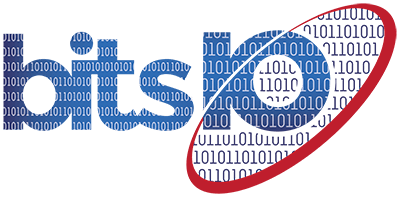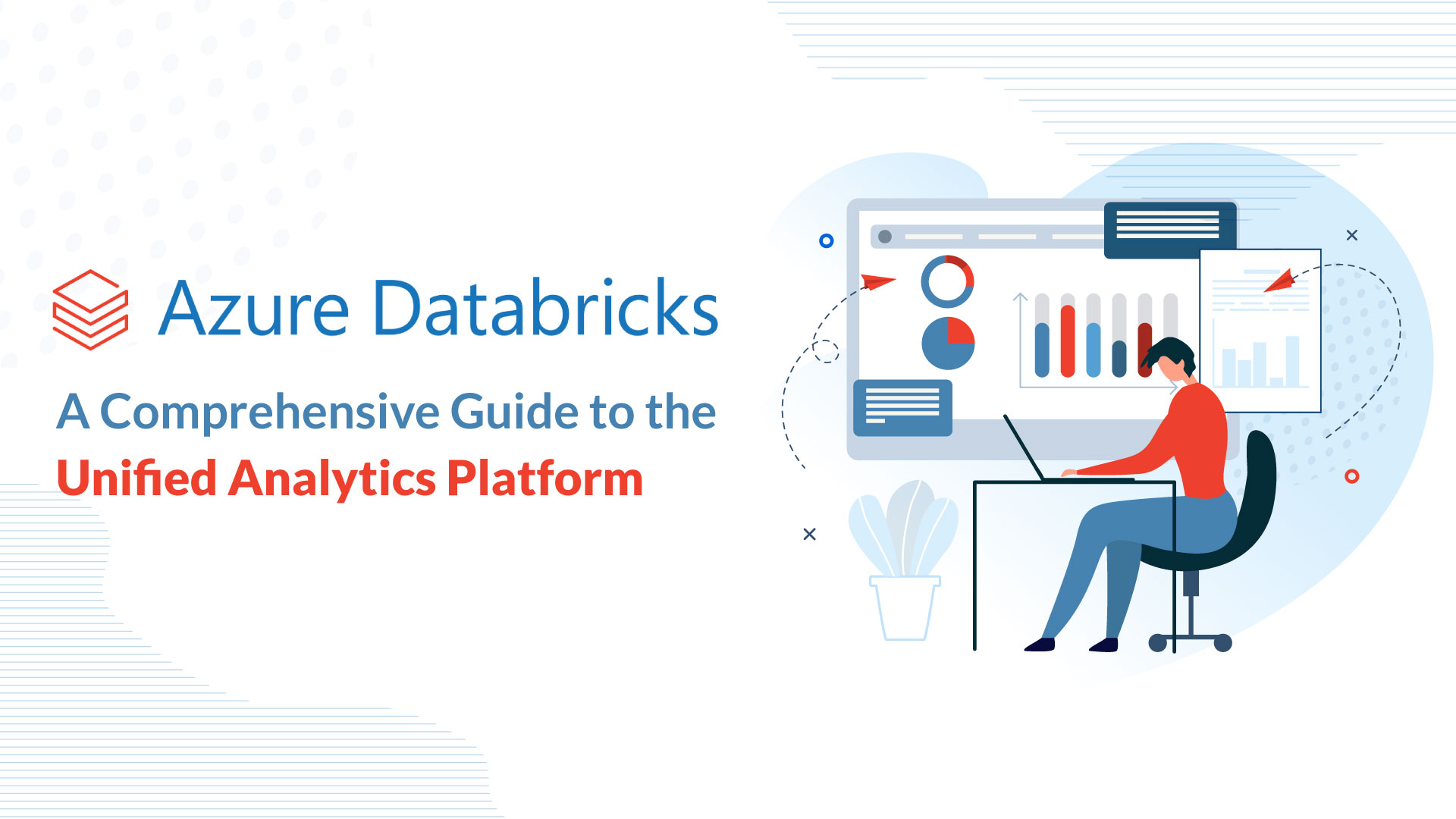
For companies to make the most out of Splunk, they must be able to overcome these obstacles and create an effective system for generating real value from the collected data. In this discussion, we will explore the potential challenges associated with Splunk implementation and how we can address them for successful implementation.
Splunk is an excellent tool for tracking and looking through large amounts of data.
Simply put, it facilitates the creation of alerts, reports, and visualizations that assist proactive monitoring, threat correction, and process improvements by indexing and correlating information created in an IT environment, making it searchable and easier to generate this information.
Splunk adoption, however, is difficult. To claim that only highly qualified technical professionals with years of practical experience can navigate Splunk is an understatement.
Challenges in Implementing Splunk
We have compiled the most common challenges in implementing Splunk, along with solutions that will help you get the most value out of Splunk. Let us have a look at each of them one by one.
1. Data onboarding is overwhelming

Being unfamiliar with Splunk can be frightening. Finding your beginning point can be challenging when you’re given a platform that can do anything with your data. The relevant data must be onboarded properly when using a new platform like Splunk.
Purchasing vast amounts of untapped, unidentified dark data is one snare that businesses frequently fall into. According to Splunk’s ‘The State of Dark Data’ report, 60% of respondents stated that more than half of the data in their business is not recorded, and a large portion of it is not even known to exist.
Dark Data is really a matter of concern. When investing in a platform like Splunk, you want to make sure that your data is clean and effective. However, doing so can be challenging without professional assistance to help customers locate their missing data, clean up their existing data, and identify the best data sources to create a seamless Splunk engine.
2. Cost of Licensing is High
Splunk environments are costly. The cost is directly correlated with the amount of data ingested, i.e., your licensing costs increase as the volume of data increases.
Furthermore, building structured data pipelines and importing irrelevant data into the system is one of the most frequent problems users run into while installing Splunk. This results in higher license fees.
Teams frequently turn off Splunk for a few hours to get around license fees, but doing so compromises the infrastructure’s security.
3. Costly and complex to deal with large datasets

Most organizations try to retain all of their data on flash or at least high-speed hard disc storage in order to guarantee sufficient search performance. Compared to cheaper options like high-capacity discs, both of these storage options are costly.
The architecture of the Splunk infrastructure is another less evident cost component. The majority of these designs are composed of a cluster of servers, where each server acts as a node. Every node has its own internal networking, computation, and storage.
Each node has extra processing power, storage space, and network bandwidth for times when more processing power is needed. The issue is that these resources are not utilized equally.
As a consequence, the Splunk cluster scales with unbalanced resource usage, severely underutilizing one of its most expensive resources, the CPU. Additionally, the cost of the networking infrastructure that supports it increases as more nodes are added.
It uses an increasing number of ports and switches, which raises the environmental cost even further.
The environments are more complex as a result of the quick expansion of nodes to meet capacity demands.
Because the data protection method uses an expanding capacity and stores protected copies on the same node and storage class as the original copy of the data, the cost of data protection is significantly increased too.
4. Data retention isn’t the best
In the Splunk context, data retention does come with substantial difficulty. Splunk still presents numerous challenges when it comes to navigating through and archiving the precise data you deem redundant, even though it is supported by a data retirement and archiving policy.
Additionally, there is an increasing requirement to tier storage with Splunk due to its expensive storage architecture.
Even though Splunk SmartStore may appear to be a fantastic retention choice, it isn’t always the best when it comes to routinely searching previous data. Even though your data is organized in your SmartStore, performance suffers significantly as a result of the necessity for refreshment.
Furthermore, with SmartStore installed, performing regular lookback searches requires a significant amount of time and work.
5. Users have Limited Control
Despite Splunk being a Data-to-Everything platform, customers still have limited access to and control over their data pipelines, which presents another significant barrier.
If observability data pipeline control isn’t built-in, you’ll need to buy a completely different solution to manage data volume and Splunk delivery.
6. It is difficult to master
Splunk is simple to use but challenging to master. The community forums and training sessions are both great resources for learning how to produce reports, dashboards, alerts, etc.
Yet understanding such a wide variety of functions is difficult in and of itself because it is a highly customizable tool with many features and functionalities.
Even experienced professionals cannot pretend to know everything. You will surely have to invest a lot of time and money to obtain valuable resources.
Extracting real value from Splunk relies on having skilled personnel who understand the platform’s capabilities and can navigate its features effectively.
Organizations may face challenges in finding or training personnel with the necessary expertise in Splunk, including search language (SPL), dashboard creation, and advanced analytics. Building an internal knowledge base and leveraging vendor resources can help address this challenge.
7. Integration with Existing Systems
Organizations often have existing systems, such as IT service management (ITSM), security information and event management (SIEM), or customer relationship management (CRM), which need to integrate with Splunk.
Ensuring seamless integration and data flow between systems can be complex, requiring custom integrations or using pre-built connectors. Compatibility issues and data synchronization can arise during integration efforts.
8. Security and Data Privacy is Fragile
Splunk deals with vast amounts of sensitive data, including logs, user information, and business-critical data.
Ensuring the security and privacy of this data is paramount. Organizations must implement appropriate access controls, encryption, and monitoring mechanisms to protect data. Compliance with data protection regulations, such as GDPR or HIPAA, may add complexity to implementation efforts.
9. Analytics Maturity
Extracting value from Splunk requires organizations to have a certain level of data analytics maturity. The platform offers advanced capabilities like machine learning, predictive analytics, and anomaly detection.
However, organizations must have the necessary skills, processes, and cultural readiness to leverage these features effectively. Developing an analytics-driven culture and providing the necessary training can address this challenge.
Overcoming these challenges requires careful planning, a deep understanding of organizational needs, and collaboration between various stakeholders.
Engaging with Splunk experts, attending training programs, and leveraging community resources can also help organizations successfully implement and generate real value from Splunk.
Implement and generate real value from Splunk with BitsIO
BitsIO is a team of dedicated service providers who help you implement Splunk the right way and help you squeeze maximum value out of Splunk from day one.
Our Splunk experts will be there with you every step of the way, eliminating the challenge of confusing procedures with a mastery that has been honed over the years.
Contact us to see how you can effortlessly implement Splunk services within your organization today!


